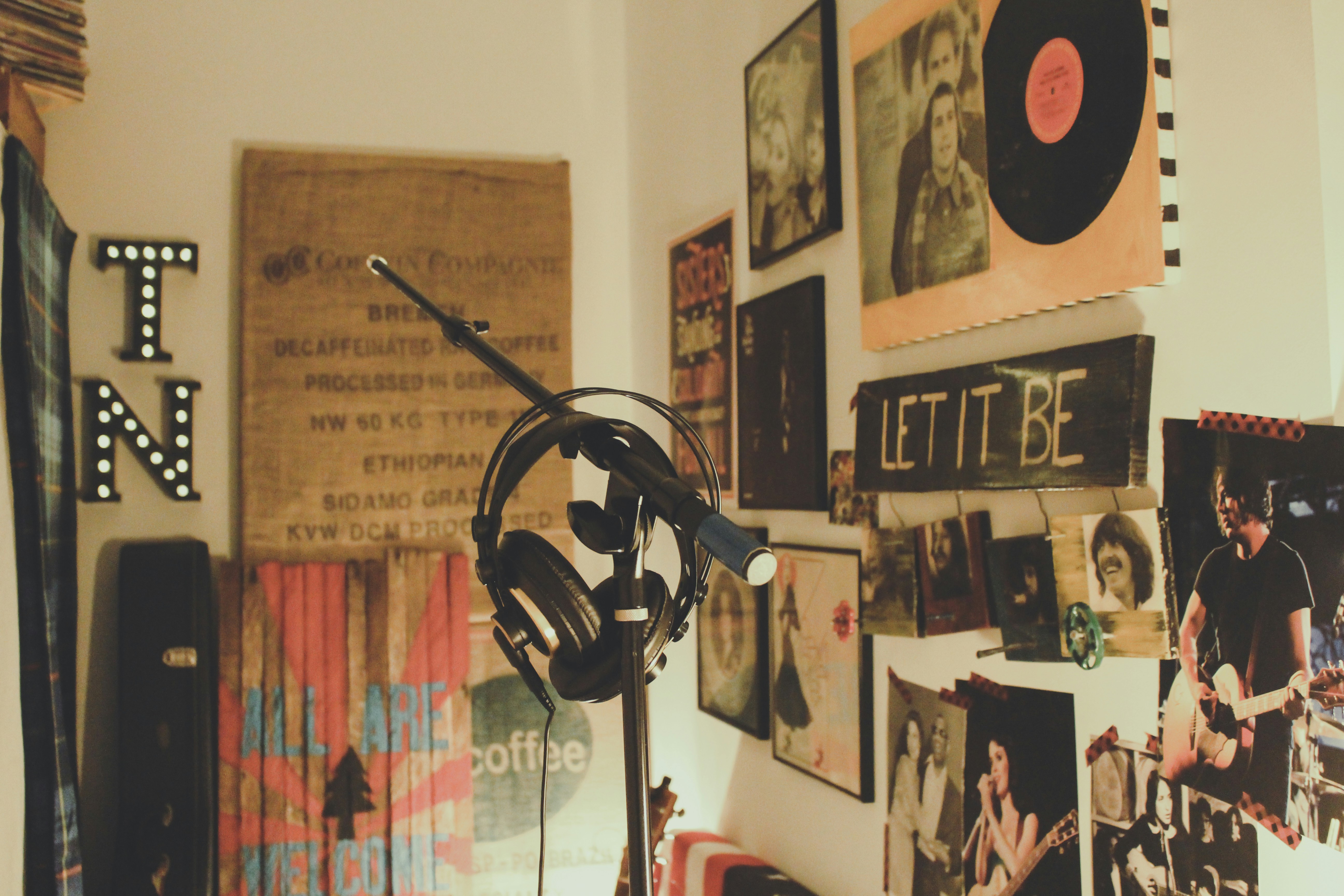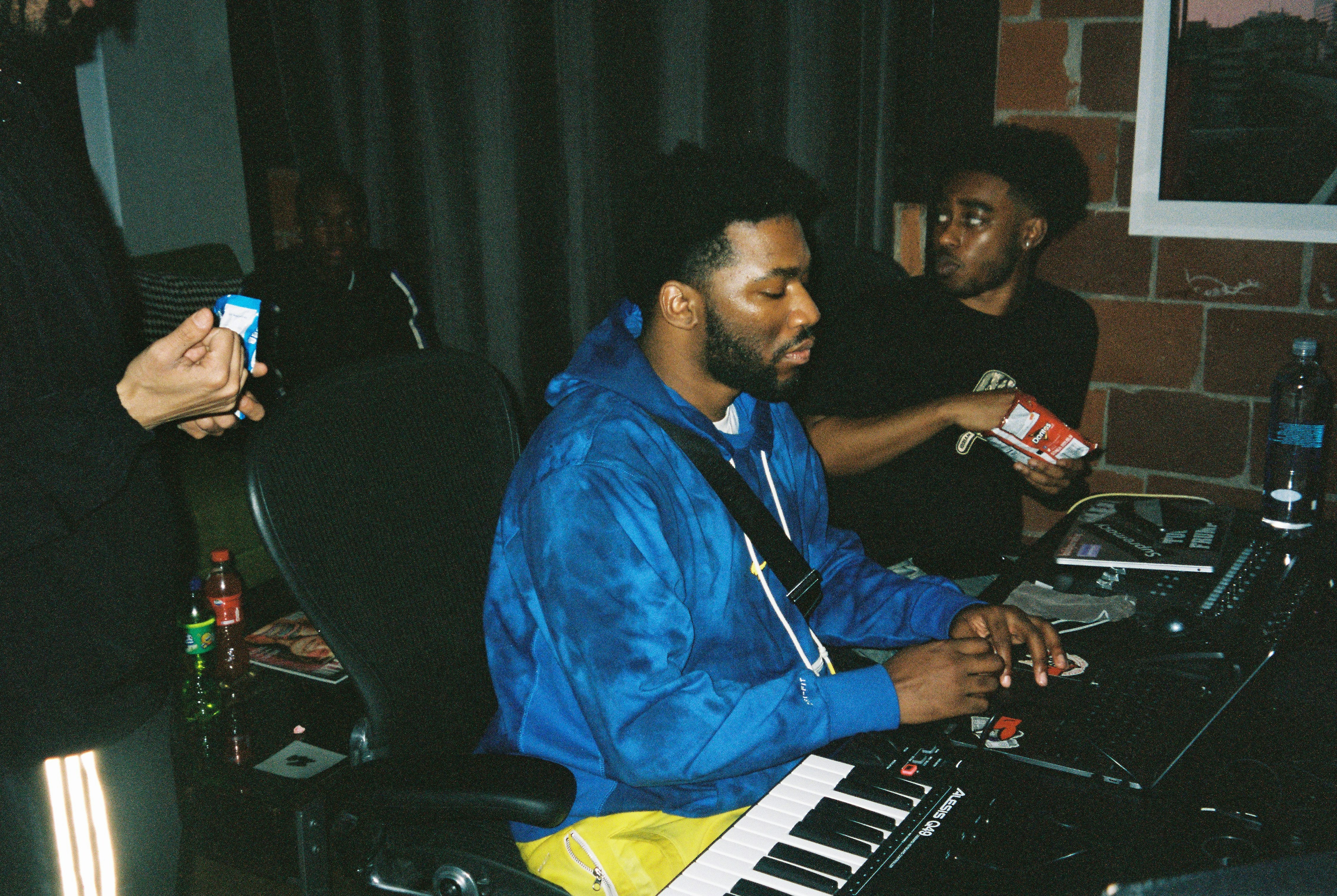Why does Creative Commons matter for artists?
Understanding license types before release is essential to ensure proper rights management and monetization.
If you’re like me, Creative Commons is one of those things that you see everywhere but know little about. Like crypto or whatever Gen Alpha is up to nowadays.
Other than the recognizable ‘CC’ that sporadically rears its head in YouTube description boxes, Creative Commons isn’t always discussed in artist forums or industry posts. For artists, however, understanding license types before release is essential to ensure proper rights management and monetization.
Here’s everything artists should know about Creative Commons.
Fundamentals of Creative Commons
Creative Commons is a non-profit organization with the main objective to offer free, standardized copyright licenses for creatives. The idea is to promote sharing and common use with the public, whilst letting creators retain rights under clearly defined terms.
You can think of Creative Commons licenses as being built up by four fundamental building blocks: “CC BY”, “NC”, “ND”, and “SA”.
CC BY: Anyone can use the creative work, but they must credit the creator*
ND: No derivatives (no edits/remixes) of the creative work
NC: Non-commercial uses only
SA: Any use, edits or remixes of the work must be shared under the same license specification (“Share alike”)
*Note: All standard CC licenses require crediting the creator. That’s why CC BY (‘Attribution’) is the foundation of every CC license.
Once you can recognize these four building blocks, you can start to construct combinations of license specifications that can become increasingly more defined. These combinations are referred to as “some rights reserved”.

Let’s see some examples to get a clearer picture:
CC BY-ND: Personal and commercial use allowed, derivatives (edits/remixes) not allowed. As always, creator must be credited.
CC BY-NC-SA: Non-commercial use only + Share alike required. Any derivatives must be licensed CC BY-NC-SA as well. As always, creator must be credited.
CC BY-NC-ND: The most restrictive license specification. Allows non-commercial use only, no modifications or derivatives. As always, creator must be credited.
Now that you understand the building blocks, the next step is to understand the framework or set of rules that Creative Commons exists under.
The Architecture: Two Key Principles of Creative Commons
The first key principle of Creative Commons is irrevocability.
Once you’ve chosen a license specification and released the creative work to the community, you cannot change the specifications you selected.
Because of this, you can think of Creative Commons as a Pandora box of sorts. Once it’s opened, you can't stuff your creative work’s rights back in and shut the lid. Once it’s CC, you cannot retroactively claim full rights on already-shared works. This is particularly important when it comes to monetizing your tracks, as we’ll talk about later with Content ID.
Just keep in mind: any license specifications you make regarding Creative Commons are irrevocable. So, be intentional and careful with the CC license you choose.
The second key principle is attribution.
Basically, you gotta give creators credit. Attribution usually means including the creator’s name, title of the work, source link, and license type.
Why would an artist want a Creative Commons license?
An artist might use a CC license if they want to:
Gain more exposure: Allow people to freely share, remix, or use your music, thus increasing your visibility.
Encourage collaboration: If you want others to remix or build on your work (e.g., samples, mashups, educational use).
Support open culture: If your goal is contribution to the commons (e.g., sharing beats, images, research).
Retain some rights: CC lets you decide commercial vs non-commercial use, edits vs no edits, etc.
Example: An artist might release tracks under CC BY-SA to encourage remixes and visibility; whilst ensuring credit is given and license specifications are kept.

Jamendo Music is one such site where artists can truly maximize Creative Commons visibility.
Artists upload tracks to Jamendo under a CC license of their choosing, though typically CC BY-NC-ND is encouraged. Then, listeners and fans can stream, download, and share the music for personal, non-commercial use. This is a great way to increase visibility—especially for emerging artists who want as much audience exposure as possible.
Why might an artist not want a Creative Commons license?
For some artists, maintaining full control over their rights is more important than the potential visibility of sharing granted by Creative Commons. These artists might want to:
Use exclusivity as a selling point: Pitching their songs as exclusive to a brand or film can sometimes be more appealing than a song many people can access.
Maximum monetization control: Keeping everything “all rights reserved” lets artists decide case-by-case who can use their work and at what price.
Example: An artist might release tracks under an “all rights reserved” license to ensure their track cannot be legally shared or downloaded outside of DSPs.
CC vs “copyright-free”
CC does not waive copyright. Tracks are still protected by copyright law, the Creative Commons license just defines how others can use it.
What if an artist wants to license their music?
Music licensing is one of the most lucrative revenue sources for artists. Whether the client is a business, a video creator, an ad agency, or film studio, selling a music license guarantees legal use of your track and compensation on a per-license basis.
The industry standard for music licensing is ‘all rights reserved.’ However, restrictive CC licenses like BY-NC-ND can also work in specific contexts (e.g., Jamendo Licensing or Winamp for Creators), since the ‘NC’ keeps commercial rights reserved.
Artists who choose a CC BY-NC-ND license can therefore benefit from both increased visibility and sharing, whilst also generating income by licensing commercial access to their track.
Earning with Direct Licensing
Before we move on to Content ID, let’s quickly cover another licensing alternative outside of Creative Commons: direct licensing.
Direct licensing means you, as an artist, negotiate directly with whoever wants to use your track. This could be a filmmaker, a brand, a podcaster, or ad agency for example. You set the terms, decide on exclusivity, and agree on a fee.

Remember how artists might want to use exclusivity as a selling point?
By maintaining full control of their rights (i.e. not using Creative Commons license), artists can negotiate these direct licenses. Though this licensing option gives artist control and flexibility but also presents quite the admin burden: from drafting contracts, to clarifying rights, managing payments, and so forth.
For this reason, artists may opt to use direct licensing platforms, like Winamp for Creators or Jamendo Licensing, that can streamline the licensing process. If you’re curious to learn more about earning from licensing, check out music licensing for artists or our educational Licensing Academy video.
What about Content ID?
Content ID is YouTube’s fingerprinting system that algorithmically identifies tracks used on the platform and flags any use cases. For some artists, Content ID can be incredibly lucrative—as unauthorized uses can mean a monetization opportunity.

We’ve done a deep dive on Content ID, but we’ll quickly cover how Creative Commons relates to Content ID eligibility. Spoiler: it comes down to irrevocability.
If you’re looking to monetize and protect your music on YouTube, Content ID only works for tracks that have never granted commercial rights for free. Remember that first key principle of Creative Commons? Irrevocability means that once you open your track up for common use, you can’t change your mind and remove access.
That’s why only ‘all rights reserved’ or restrictive CC licenses like BY-NC-ND are compatible for Content ID.
‘All rights reserved’ protects all your rights → compliant with Content ID
NC protects commercial rights → which means monetized use on YouTube is not permitted
ND ensures the Content ID fingerprint stays unique → which avoids disputes over remixes or modified versions of your track.
Let’s give an example to make it easier to understand:
Say you released your track under CC BY-ND. Thus, you allowed commercial use of your track, but not any derivatives of it. Later, you ultimately decide you want to prevent commercial use—in other words, you want to change your license to CC BY-NC-ND. Due to the irrevocability of Creative Commons, this isn’t possible.
Specifically, for Content ID, the algorithm cannot differentiate between use cases when your track was under CC BY-ND and use cases when your track was under CC BY-NC-ND. Thus, the track is considered entirely ineligible for Content ID use.
Creative Commons FAQ
Does CC mean I give up my copyright?
No, CC does not mean you give up your copyright. Tracks are still protected by copyright law, the Creative Commons license just defines how others can use it.
What’s the safest license for YouTube monetization?
If you’d like to monetize YouTube videos using Content ID, only ‘all rights reserved’ or restrictive CC licenses like BY-NC-ND are compatible. Due to the principle of irrevocability, tracks must have been always under these restrictive licenses in order to monetize.
Share on:
Music Rights
7 minutes
03 Oct 2025
Subscribe to our newsletter
Get the best content for creators delivered to your inbox every week.









